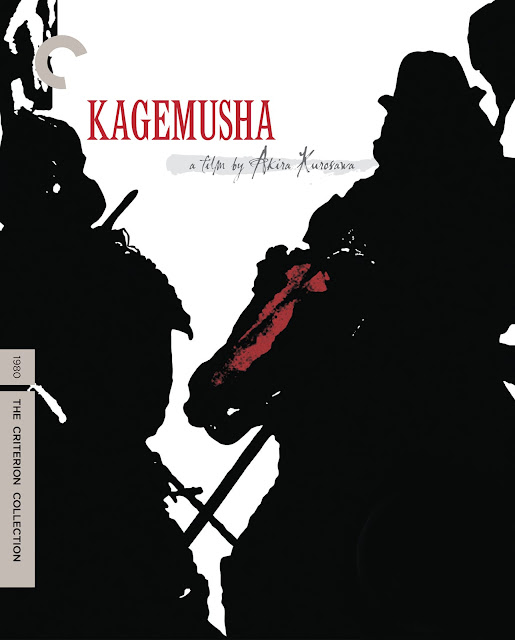In other words, life continues under the new normal. But first, a word about my hearing. My right ear has improved somewhat since November, when it was about 90% blocked. Then, after taking Serc for many weeks, it rose to about 50% of normal. Today it improved slightly again, perhaps up to about 70% of normal. I noticed it right away at the piano this morning. The high notes (my right side) were louder, clearer, and more bell-like. I have cut the meds from 48 mg per day to 32 mg per day. So far so good.
Work on my "old" piano program continues, along with two pieces of the new one. The first program is completely memorized, while one piece on the next program is getting there. The Schubert Impromptu Op 90 #3 is coming along nicely, with two pages remaining to be memorized. It's possible that this piece will be included in my "old" program, whenever it gets performed. The Beethoven Variations Op 34 will require a long time yet before it is publicly playable, but it shouldn't be too hard to memorize, at least. I have not learned a new Beethoven piece for several years now, being so involved with Haydn, but this seemed the year to do it.
In movie news, I had two picks last week, and this weekend is Deb's 3-film festival. Kagemusha (1980) is a late Kurosawa film, not showing onthe Criterion Channel. Instead, we used our DVD box set (Criterion) for this one. Not having watched DVDs for a long time, we immediately noticed the poorer image quality as compared to recent streaming. The film is based on historical events in the early and middle 1570s, when one clan was wiped off the map by another clan who used muskets (hundreds and hundreds of muskets). While overall the 3 hour film is quite good, and time flies as we watch, two things make it less than a perfect film. One is the music, which is western style, with lots of trumpets, and does not fit the scenario at all. I understand that Western influences changed the course of Japanese history and marked the end of the samurai era, but this music is really terrible, often spoiling the wonderful images it is supposed to enhance. The second thing is the ending, when Kurosawa shows the aftermath of the slaughter of hundreds of men and horses. We get it. War is terrible, and not very pretty. But the images of horses struggling to stand (after obviously being drugged for the scene) go on and on and on. Enough.
We watched our own DVD copy of the film, from Criterion.Next up is one of the quirkiest noirish films ever made. We had seen The Seventh Victim (1943) before, though not for many years, and had completely forgotten it. A senior schoolgirl is told by administration that her sister has stopped sending tuition money. She sets off for New York to find out what is going on. And just what is going on? Her sister has sold her cosmetics business and has been taken into a satanic cult, where she is manipulated and brain washed. When she attempts to leave the cult, they make attempts to kill her. The film is very hard to describe. Produced by Val Lewton, it has many of his trademark elements, such as a lone female in heels on the street alone at night, being pursued by a killer. Not entirely successful, it still is a fascinating film to watch. Nothing happens the way one expects, and viewers are kept continually wondering just what exactly is going on. The ending is truly amazing and unexpected, especially for a Hollywood film. Definitely one for the books, and unique in film history. Kim Hunter gives a really good performance of the younger sister.




No comments:
Post a Comment